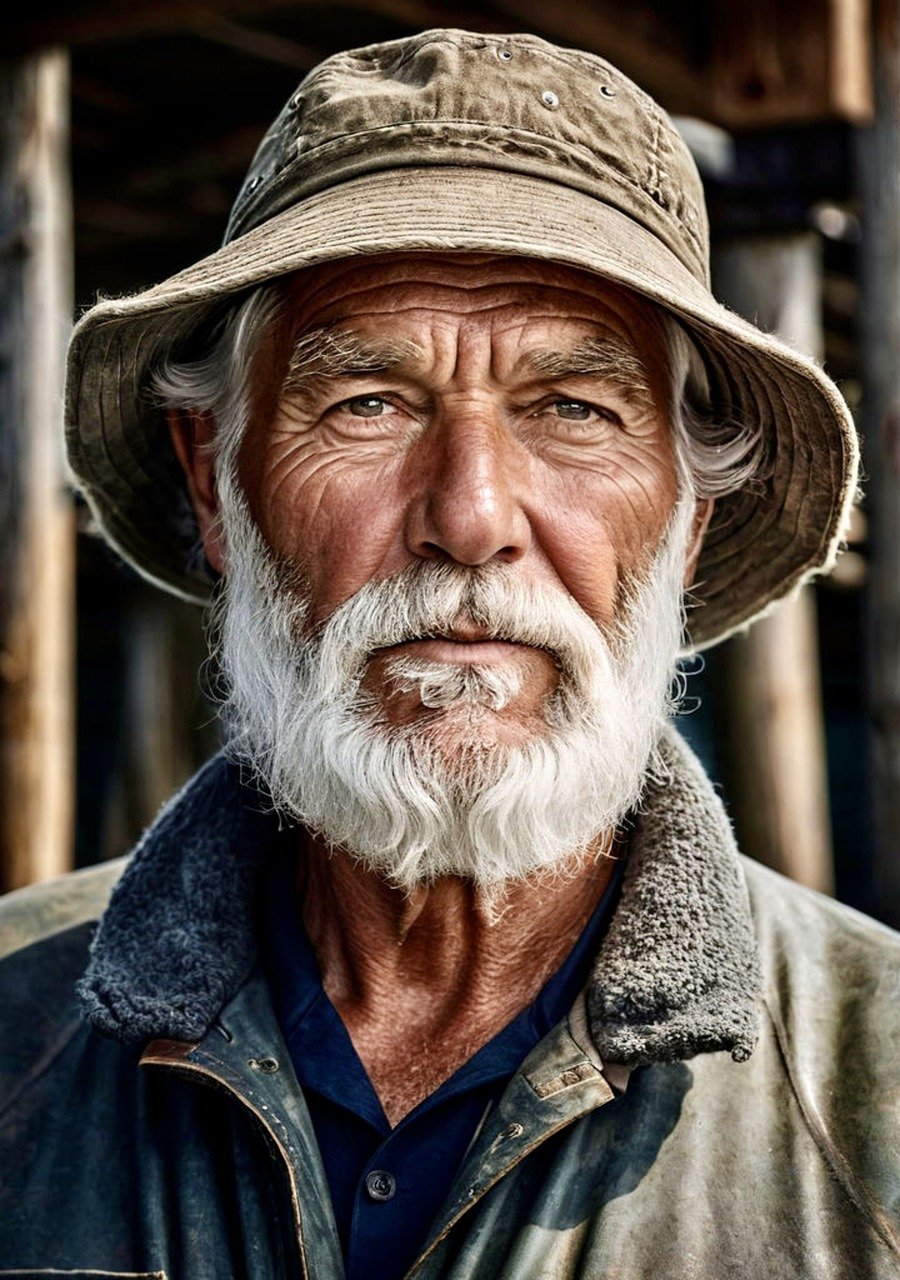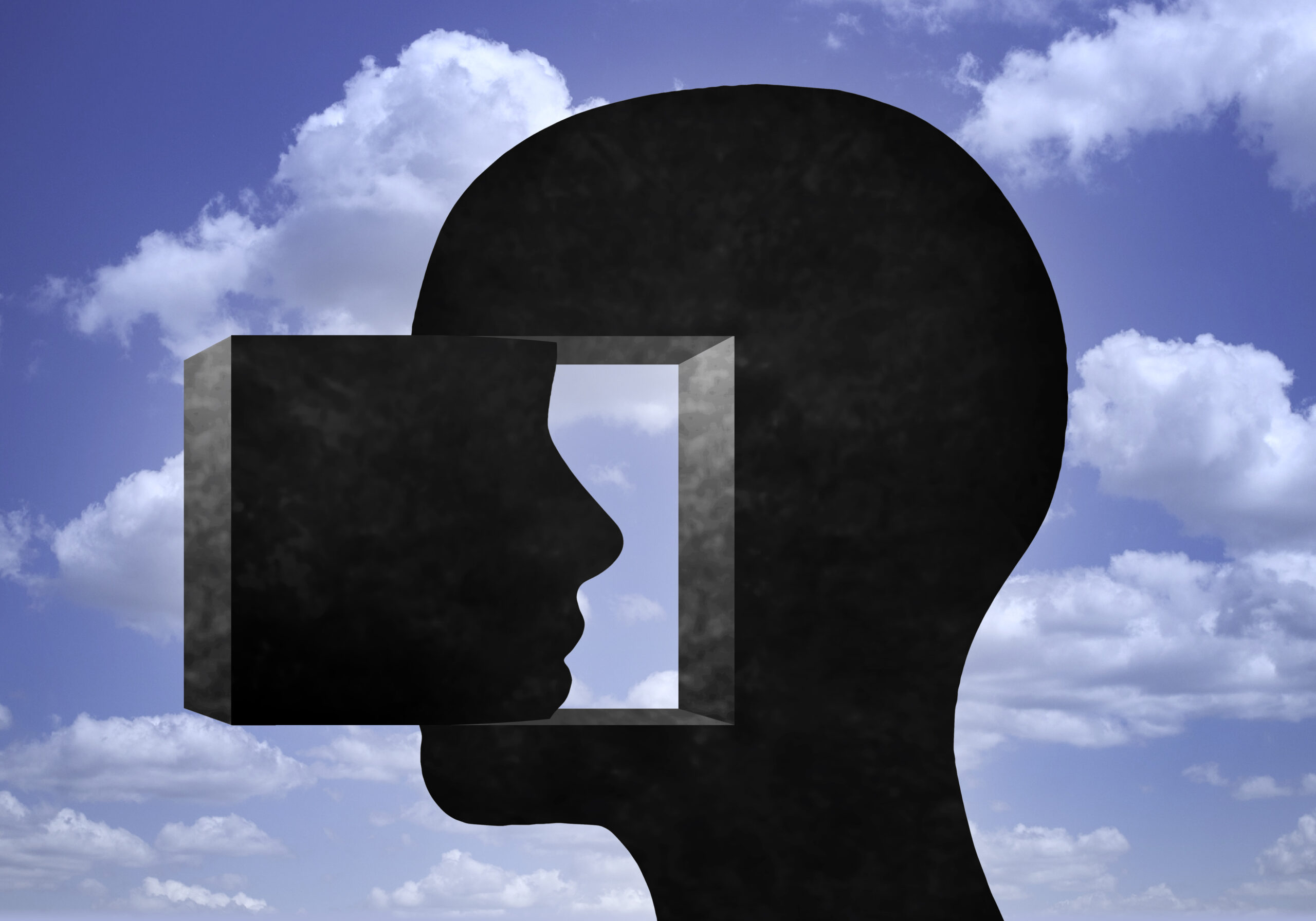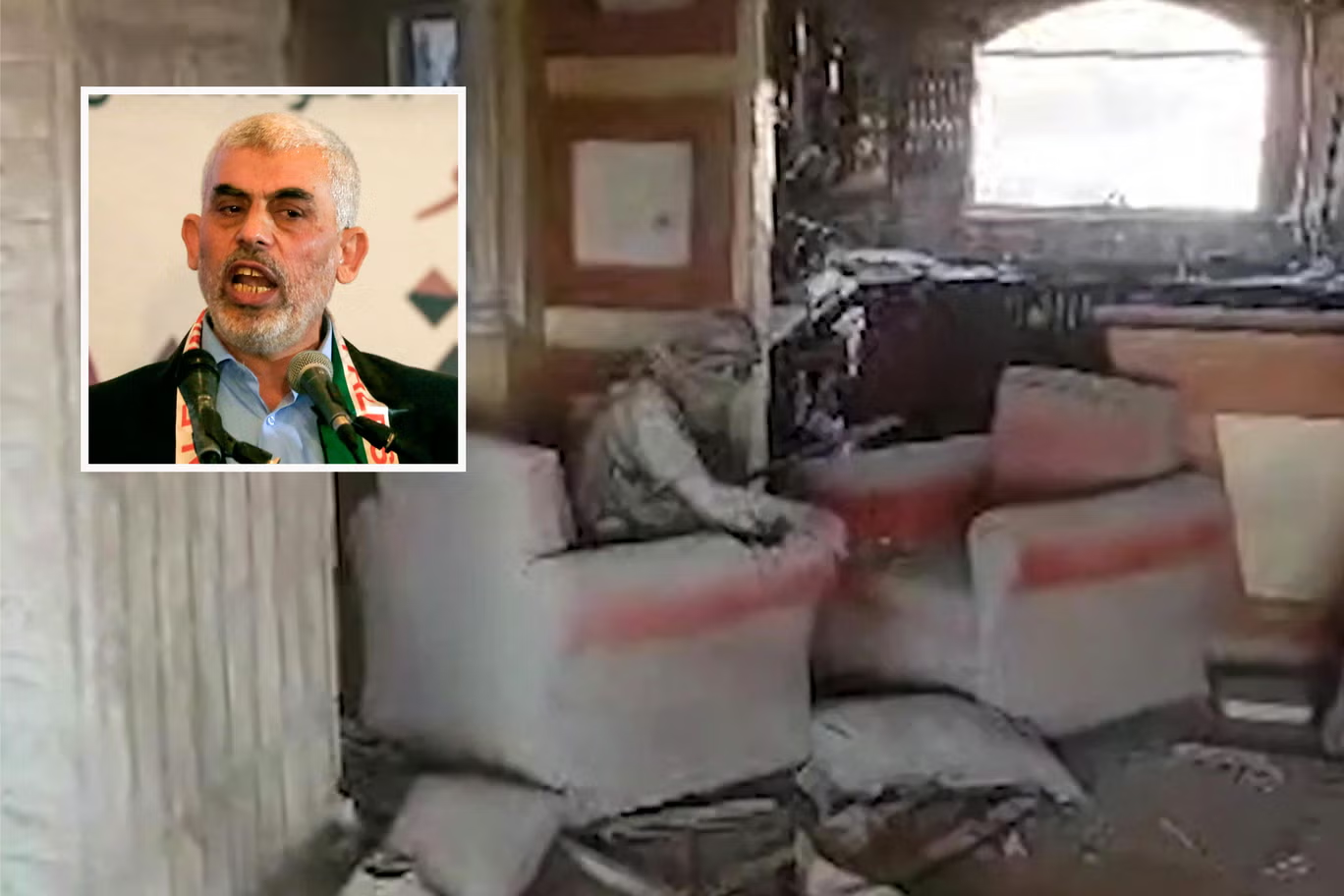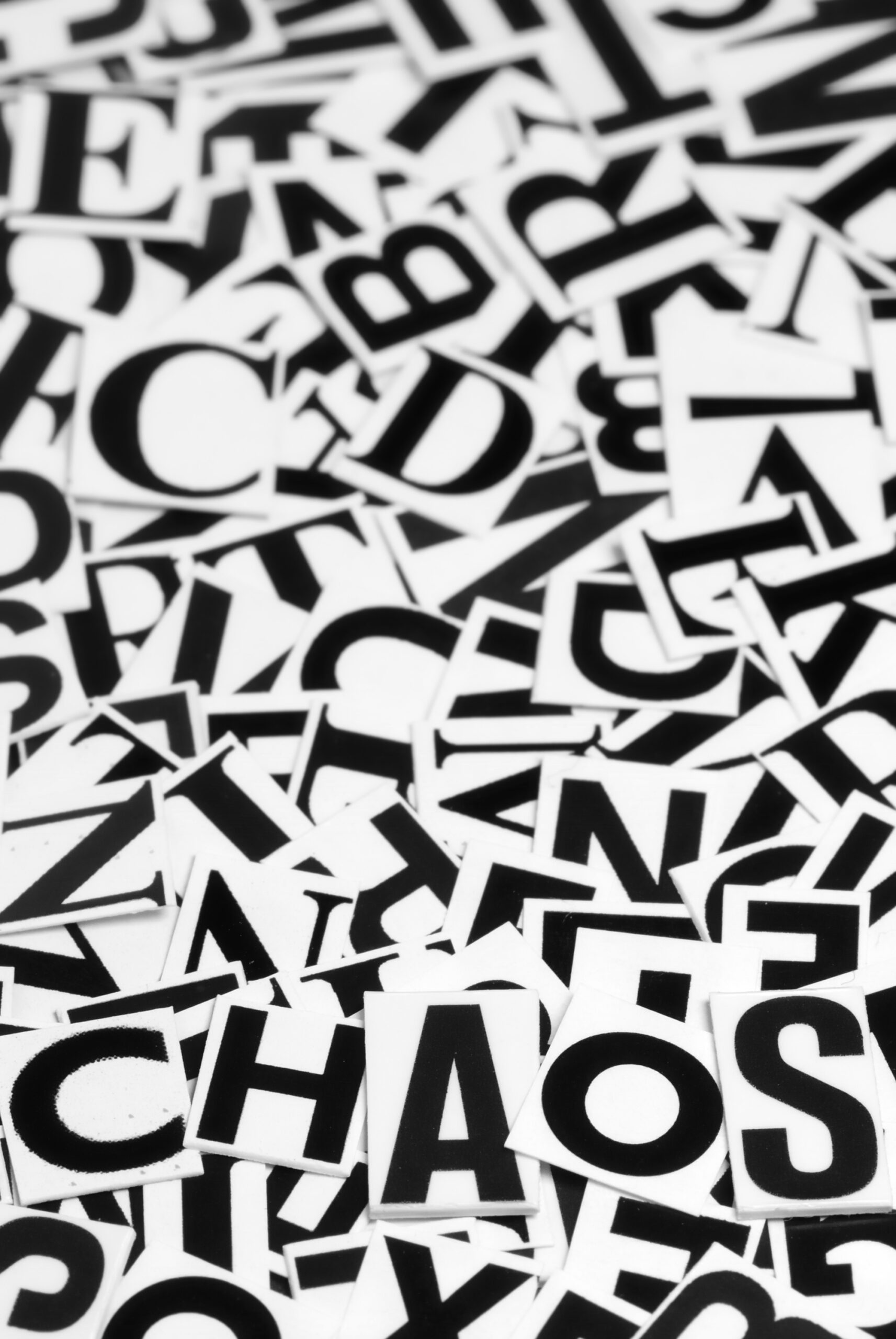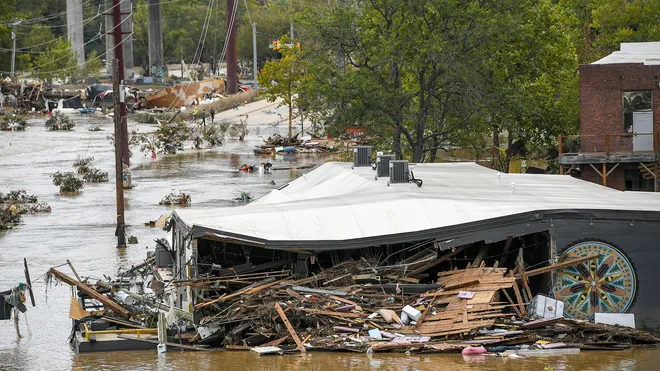Confirmation Bias, another woke pseudo-science?
One of the most infuriating things to hear a “journalist” report, is that something is a “dog whistle” for some nefarious think.
The idea that when I say, “Peacefully march to the Capitol” the reality is that this is a “dog whistle” to storm the Capitol.
The remarkable thing is that only these hard hitting, truth to power, journalists can hear these dog whistles. The rest of us can’t. But I’m told that this is all super secret communications directed at me and people like me.
Microaggression is the pseudo-science that allows a “victim” to be victimized by minute aggressive words, phrases, and actions. Hold the door open for a female student with her arms full of books is a microaggression. You are telling them that they need a male’s help.
Other things that sound like pseudo-science are real. Neuro linguistic programming, is one. Except it is very real. I’ve seen it used. I’ve used it. It works, and it works well.
The gist is that you can associate words, phrases, and actions with feelings. Then using those words, phrases, or actions can cause the programmed person to react with the same feelings.
Confirmation Bias is also real. It is the process of being more likely to believe something that confirms what you already believe. Nothing woke about it. We all suffer from it. Some of us just understand it exists and work to defeat it. I.e., have coping methods.
What’s the Big Deal about Frames and Receivers?
The bump-stock ATF rule was a clear-cut case of the ATF overstepping their legislative authority.
The ATF’s frame and receiver rule, not so much. I’m not sure if we are going to win this one, on regulatory overreach.
The ATF has never given clear rules on how to determine if something is a frame or a receiver. The only way to know if an item is a hunk of aluminum or a hunk of plastic vs. a frame or receiver, is to have a determination letter from the ATF.
You need to send the ATF the item you have made. If the ATF determines it is a frame or receiver, they tell you that. I do not know what will happen to you because you have just sent the ATF a frame or receiver (a firearm) that is not serialized, as required by the GCA of 1968.
By examining the determination letters, manufacturers were able to black box the point at which an item crossed the magic line, in the ATF’s view, and became a frame or receiver.
In looking at the determination letters, the context is always the same, “This is a frame or receiver because only these operations need to be done to reach the fully functional stage.”
The determination letters describe those operations. “Drill a 5/8in hole, then use a 4/8 rotary file to complete the frame or receiver”. It is a determination based on the number of operations, the difficulty of those operations, the equipment needed to complete those operations.
The difficulty of an operation is based on the skills required. Today, a numb skull can read the directions and achieve acceptable results, a fully functional firearm, in only a few hours of work. Given my current skill set, the tools I have available, I figure it should take me about 2 hours to fully mill an 80% lower. A 50% lower would take me 4 to 8 hours.
The ATF is arguing that they are applying the same logic, to fulfill the same legislative language. That, as such, they have not changed how they do the rule making, only that they are allowing for modern tools and methods.
Poison in the Well
When a rogue inferior court wants to deny The People their rights, they have no problem finding help from other rogue inferior courts.
Years ago, Bush SR instituted a new educational directive, “No Child Left Behind.” The concept of this program was to make sure that every student received the resources they needed to succeed. Regardless of their abilities.
This might mean that one set of students was receiving instruction in advanced math and literature while another set of students was receiving instruction in remedial math and literature. Both sets would receive enough instruction to succeed at their level.
That was the boss’s instructions.
But teachers don’t implement, they follow directions. By the time the line workers, the teachers in the trenches, received orders on how to implement “no child left behind”, it had become a mockery of what was intended.
The teacher’s unions said that “no child left behind” meant that no child could be held back. Instead, every child had to pass every year. It was designed to fail, and it did. And Bush was made to look worse.
The district courts have the ability and the responsibility to read Bruen and all Supreme Court opinions and to follow them.
Instead, they play stupid, claiming that they don’t have clear guidance. Since their immediate superior court hasn’t given them guidance, they then must turn to other courts, where they get to cherry-pick.
Thus, we have multiple district level courts claiming that “does the conduct proposed implicate the Second Amendment?” requires the plaintiffs to prove that the arm in question is a covered arm. Then they narrow the definition of “arm” to exclude firearms they don’t like.
Who Had “Good Judges in New York” on their Bingo Cards?
It appears that Trump’s appeal of the so-called “fraud” case was heard.
According to the State of New York, a businessman, asked to borrow money. He offered as collateral different property. As part of the negotiation process, he valued his property at the top of the market. They bank valued it at less.
The bank testified on behalf of the businessman that they intended to give the loan, regardless of the value of the collateral, because they had done loans to this businessman in the past. And that he had repaid all past loans, with interest, in full. It was a good business decision to make more money from him.
The loan was given, the businessman repaid the loan with interest. All parties were satisfied.
The state decided that this was actually fraud in play. That the bank must not have done due diligence in assessing the collateral. Because they didn’t do due diligence, the businessman got away with defrauding the bank.
Even though he repaid the loan, as he promised he would do.
At the appeals level in NY State, the 5 judge panel dug into the prosecutors. Some video is difficult to watch, there is so much blood spilled.
The prosecutors seemed to be begging to escape the courtroom without sanctions.
If the questions are any indication, this case will be dismissed as the political hatchet job it is.
Bianchi to get his day in court?
Finally, the Bianchi case is before the Supreme Court seeking cert. The plaintiffs, (good guys), had appealed the horrific opinion by the Fourth Circuit with in 15 days of the opinion being published. The state asked for and was granted a 30-day extension.
The plaintiffs did not oppose the extension.
When a case is submitted for certiorari, the opposing party is granted time to file an opposition brief. If this is done through the emergency docket, a justice will deny the request or present it to the court.
The justice might require a response and in general, the opposition will file a brief in opposition.
Occasionally, a stay or injunction will be issued, and the case will be moved to the regular docket to request a writ of certiorari.
Once on the docket, there will be a briefing schedule set. Once the final briefs are submitted, per the schedule, the case will be distributed for conference.
In conference, the justices will decide if they want to grant cert.
If a case were to be distributed for conference this week, and it was granted cert, the case would be heard in the 2024-2025 term with an opinion issuing sometime in July or August, at the latest.
By default, it looks like the response is due with in 30 days. This would require the state to file their response by September 23rd. On September 11th, they asked for 30 days more. This was granted. The state’s response is due October 23rd.
If this schedule is met, then the case will be distributed on November 6th. It would be heard in conference on November 22nd.
The state has requested a 30-day extension. This would push the first time the case could be considered to January 10th, 2025.
This could mean that the case would not be heard until the 2025-2026 term, with an opinion issuing in July/August 2026, 4 years after the case was originally GVRed.
The justices want to conference on this case in 2024. They did not grant the full 30 days. Instead, the deadline for the response is now November. 12th.
The Math of weaving
I have a little gizmo for winding thread from my bobbins into a coil. Each full round is one yard in length. Other versions of the gizmo warp 2 yards with each full wrap.
There are several tools around the fort that measure yarn/thread by the yard. This is helpful when it is time to warp (or dress) your loom.
The process starts with determining the wraps per inch of your yarn. This is accomplished by wrapping the yarn around a ruler until one inch is filled. The yarn should be touching, but not overlapping.
This gives you the number of wraps per inch.
The yarn we are using is 22 wraps per inch.
Next, we convert this to ends per inch. This is determined by the waving pattern used. An over/under plain weave, the density factor is 1/2. For a twill, it is 2/3. We intend to do a twill. This means our factor is 2/3 which gives us 14.6 ends per inch.
This can be rounded down to 14 or up to 16. Odd setts are more difficult.
The loom has a weaving width of 46 inches. This is 736 ends at 16 EPI.
The warping board I used has 35 pegs. Three are not used for length but for the cross and ???.
The pegs are 2 yards apart. One full run is thus 64 yards long.
We would need 47,200 yards of yarn. At 400 yards per hour, that is around 120 hours of spinning. Note that you will need the same amount for the weft as well. That is about 53 pounds of wool.
After I finished making a new peg for the warping board, I started winding. The distance between pegs was enough that I had to take a couple of half steps to move back and forth.
With Ally’s help, pulling the thread of the cone, I was able to do about 3600 yards in 4 hours. I was getting faster there at the end.
My warp is only 10 yards long.
The next step is to finish restoring the reed then to dress the loom. I’m sure that Ally will take pictures of that too. So you poor folks will have to see pictures of me dressing the loom.

